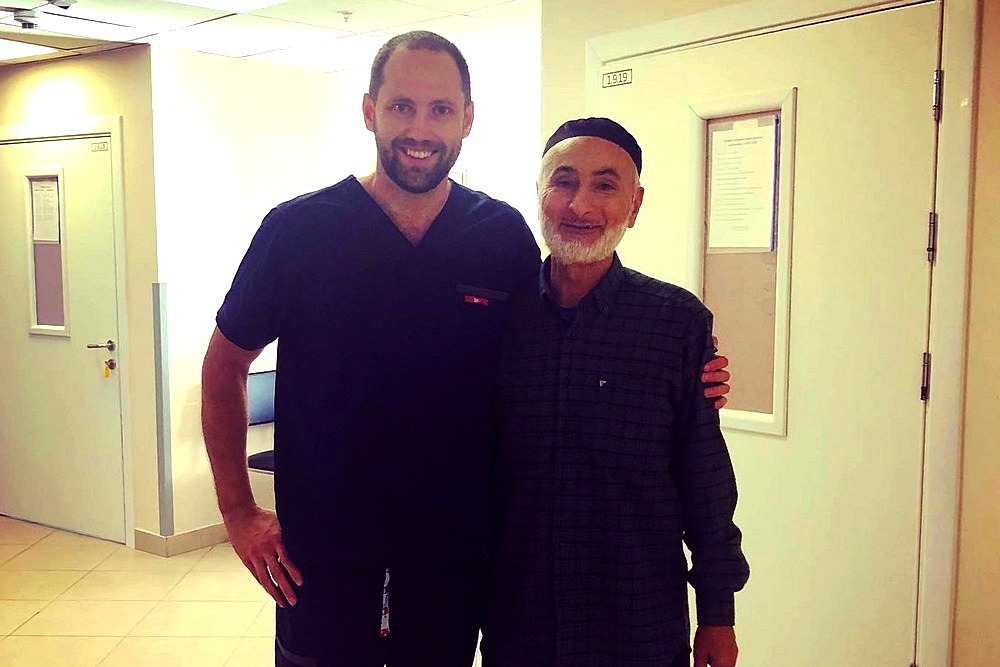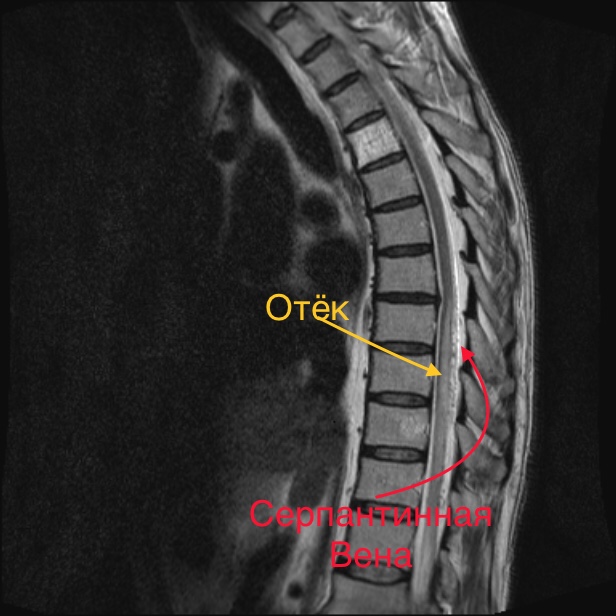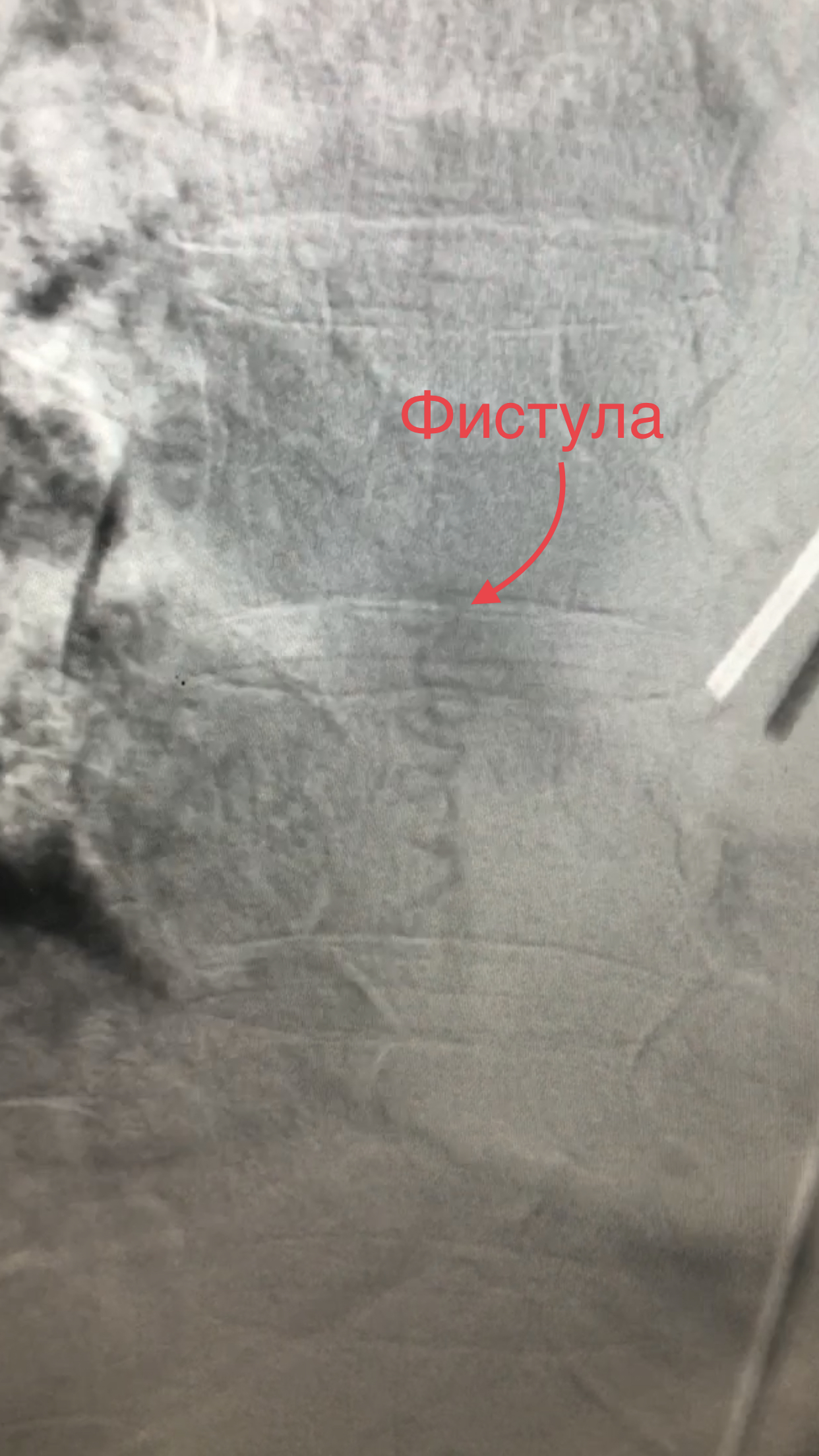
A 63-year-old man from Ingushetia presented to Almazov Centre. His legs gradually failed, making it more and more difficult to walk, and neurologists at his place of residence ordered an MRI and suspected he might have a spinal cord tumor or an infectious lesion.
The doctors of Neurosurgery Department No. 6 at Almazov Centre immediately noticed that the patient had two distinct signs: diffuse multilevel edema of the spinal cord and serpentine vein suggestive of a completely different diagnosis – spinal dural arteriovenous fistula (SDAVF).
This is a rather rare malformation resulting from the opening of a vascular microshunt in the spine causing the artery blood to flow directly to the vein that outflows from the spinal cord. When filled with blood, the spinal cord swells, causing a gradual dysfunction of the lower extremities.
“This disorder is really rare (5 cases per million patients per year), and according to statistics, more than 70% of patients are correctly diagnosed only one year or later after the onset of the disease. During this time, many develop a severe neurological deficit, lose the ability to walk. This is already the 12th case in our practice, and only 3 patients had been diagnosed with arterio-dural fistula before presenting at Almazov Centre,” notes the neurosurgeon Roman Kovalenko.
To make an accurate diagnosis, Dr. Alexander Savello performed spinal angiography on the patient in the hybrid operating room. The procedure was performed using a microcatheter to locate the fistula.
The speculations of doctors were confirmed, and the next step was a microsurgical procedure. The doctors used X-ray to exactly locate the involved vessel. Intraoperative neurophysiological monitoring was used to control the functions of the spinal cord. For this purpose, special electrodes were attached in the patient, and a temporary clip was placed on the involved vessel. Having seen that it was not incorporated in the normal blood supply to the spinal cord, the doctors cut it.
The well-coordinated work and expertise of the doctors and the availability of state-of-the-art diagnostic equipment at Almazov Centre made it possible to reach a correct diagnosis in a short time and provide qualified medical care.
The patient fully regained the function of the lower extremities and was discharged.


